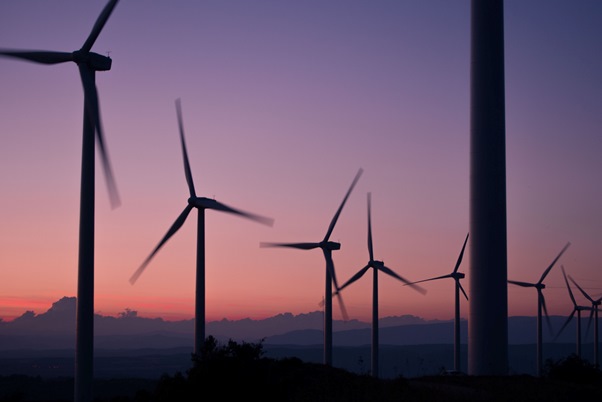With the global population suffering from the consequences of mass pollution, interests have risen in regards to finding and using more sustainable ways to produce energy. Electricity supply, for one, has long been achieved through more sustainable sources, such as hydropower plants, as well as the newer solar panel and wind turbine options.
Nowadays, heating has also become a point of interest, both due to the rise in costs and the ways it pollutes the environment. Carbon emissions are among the leading causes of climate change, and increased awareness of such effects has resulted in many households turning to more sustainable and efficient ways to bring heat into their homes.
While there are still some issues to be resolved, such as costs and proper installation, these renewable heating options are definitely among the top choices.
1. Biomass
The practice of burning natural materials in order to generate heat is no stranger to individual households. However, the newest options shy away from the traditional way of burning wood and fuels and move toward more sustainable boilers.
Biomass boilers can be a pricey investment, especially with some of the equipment costing over $12,500. Nevertheless, the long-term benefits of the system make it worth the money and effort. Considering the fact that biomass boilers burn particular wood chips—also known as pellets that have accumulated CO2 over the years—households oriented toward this method are expected to both reduce their carbon footprint and keep their homes warmer.
2. Ground Source Heat Pumps
This system makes use of the difference between the above-ground air temperature and the one maintained below the surface of the soil. It can work in both directions—if the ground temperature is higher than the air above it, the pump will move heat into the facility, and vice versa.
A ground source heat pump system basically consists of a number of pipes buried below the surface, as well as the actual heat pump. The latter is used to move a heat-conveying fluid, oftentimes water, from one point of the piping network to another, thus distributing heat to the required destination.
Installation of the system can vary depending on the manufacturer, your residential structure, and other factors, generally falling within the same range as the above-mentioned biomass boilers. Nevertheless, they require moderate to low amounts of electricity to sustain their operations, resulting in long-term savings for homeowners.
3. Solar Water Heating
People have been using the sun to heat water for their everyday needs since the late 19th century, through black-painted boilers mounted on the tops of houses and other buildings. So in a way, the latest sun-collection technology is simply an extension of what had already been known to people for centuries.
Solar water heating systems come in many varieties, depending on cost, size, and capacity, as well as some specific features. Still, they all function on the same principle of using heat from the sun to warm the water, or an additional working fluid, for later use. While there are some specifics regarding heat transfer and propulsion, they generally qualify as low-maintenance equipment with great payouts in the long run.
Find out more interesting statistics and facts about renewable energy:
